Introduction
HOME, Inc. is a leading Boston federal-funded non-profitable organization that provides emergency shelter, permanent, and transitional housing for vulnerable and low-income citizens experiencing housing instability and homelessness. It collaborates with Public Housing Authority to offer Lease-up services for shelter services inclined toward specific households (HOME, Inc. & SMA, n.d.b).
The organization also gets additional funds from public donations, well-wishers, and non-governmental organizations. HOME, Inc. is listed among Boston’s socially influential organizations due to its decades-long history of promoting media literacy training and supporting artists in their creative endeavors.
Overview of HOME, Inc.
HOME provides diverse media literacy programs for teenagers and residency projects for artists. Such projects include the Media Literacy and Health Project to support students in using media tools to explore essential social issues, such as illicit drug use (HOME, Inc. & SMA, n.d.c). Other prominent activities are the ‘Get the Facts about AIDS program’ and the ‘Artist-in-Residence (AIR) program’ (HOME, Inc. & SMA, n.d.c).
Promising creators are granted access to HOME’s video production equipment and software for up to six months; this promotes talents for young people in the neighborhood, resulting in additional survival opportunities in the future. HOME receives funding from twenty-nine sponsors, including Investors, Catherine S. England Fund, the Massachusetts Historical Commission, and the U.S. Department of Education (HOME, Inc. & Scholastic Media Association, n.d.b). HOME, Inc. sets the vulnerable, low-income people and the neighborhoods on the pathway to self-sufficiency; this is achieved through its unique life skills, financial literacy, and job training approaches.
Mission
HOME has been pursuing its broad mission since 1974. As per Michel (2019), HOME’s director, the organization’s mission revolves around making “a positive difference” in the lives of Boston’s natives, majorly the youths, by “teaching video production and media analysis” and promoting critical thinking skills peculiar to media message evaluation (para. 3). It is also HOME’s position that the arts are “a vital means of self-expression” and a tool to stimulate self-initiated learning (Michel, 2019, para. 5). This vision finds reflection in HOME’s efforts to support artists and students.
Location
Since its establishment, HOME has changed a few locations in the South End neighborhood. Initially, the organization was based at the Boston Arts Resource Center (BARC) at 731 Harrison Avenue (HOME, Inc. & SMA, n.d.b). Currently, the BARC is under city-sponsored management. In contrast, HOME has a new location in the United South End Settlements (USES) – a series of four settlement houses in the South End district (HOME, Inc. & SMA, n.d.a).
USES were the first settlement house in Boston and the fourth in the United States. Since 1959, it has been promoting livelihood and survival skills to the neighborhoods. Additionally, USES has youth programming capturers “while child” continuum programs from delivery to 17 years, serving over 300 children and teenagers per year.
USES have also exhausted Cause IQ, a website that aids the companies’ growth, maintenance, and service to their non-profit customers. HOME, Inc.’s management team can be contacted in person at 566 Columbus Avenue, Boston, MA 02118, the Harriet Tubman House at the USES (see Figures 1 and 2). This exact location is utilized for service provision within the frame of HOME’s AR program.
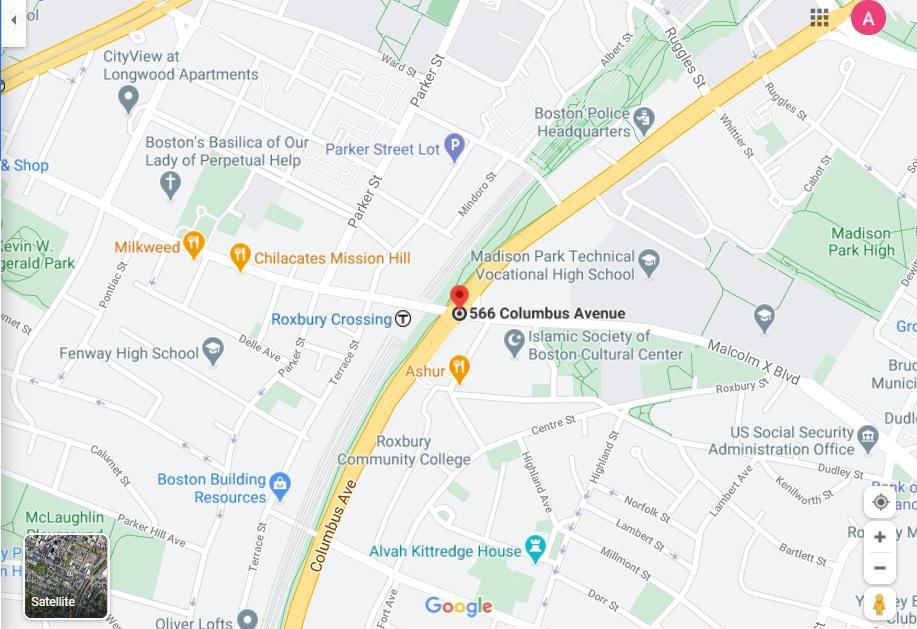
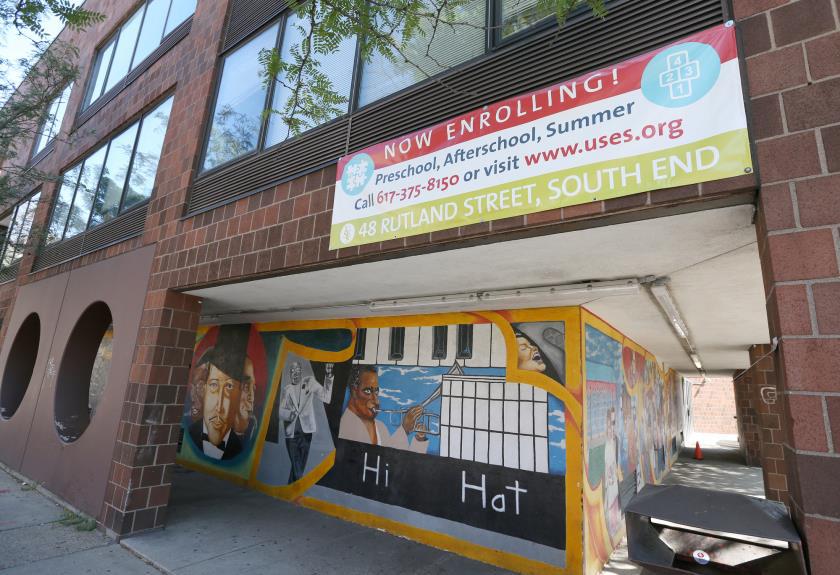
History
HOME was established by Alan Michel and other co-founders in 1974. Managing the newly-created Boston Arts Resource Center (BARC) became its first large-scale task (HOME, Inc. & SMA, n.d.b). With its 12,000 square feet of space, BARC was located in the Joshua Bates School at 731 Harrison Avenue. It served as a building to provide studio space for sculptors, artists, video artists, and other creators, and keeping those services budget-friendly was HOME’s central task (HOME, Inc. & SMA, n.d.b).
At that location, HOME offered exhibition and theatre space for Boston’s creators, participated in the organization of open lectures and workshops, and started its AR project to support local creators financially; Figures 3 and 4 illustrate some of these activities (HOME, Inc. & SMA, n.d.b).
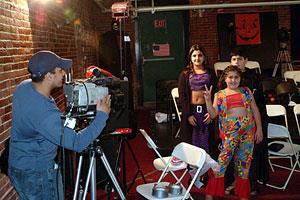
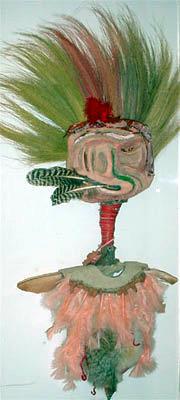
A series of community arts projects, including HOME’s Jubilee 350 Sculpture Exhibition (see Figures 5 and 6), took place at that location (HOME, Inc. & SMA, n.d.b). HOME also established and maintained a sculpture park at East Newton St. that existed until the spring of 2003 (HOME, Inc. & SMA, n.d.b). The listed activities made the organization’s contribution to Boston’s cultural life tremendous.
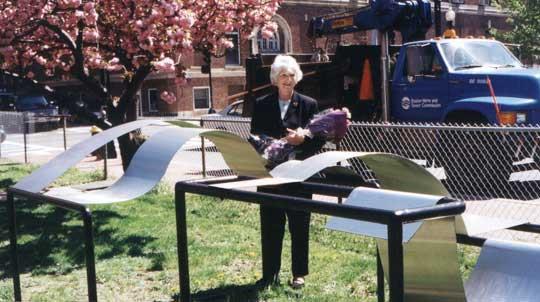

In the past, many of HOME’s projects were recognized as socially important events. In the early 1980s, HOME became known for organizing open lectures peculiar to video applications’ instructional uses and fundraising events, such as “Mad Teaparty” (“Coming events: 4 sat,” 1982; “What’s happening: Education,” 1981). Later, in 1987, the organization co-founded Boston’s Teen TV program to deliver video production training and support local teenagers’ initial journalism endeavors (Freitas, 1987).
In recent years, HOME has gained recognition for its multidisciplinary projects that combine media education with exploring health-related and social issues, such as nurturing youths’ talent, job training, and financial literacy.
Population Served
HOME serves different demographics in the South End District and Boston. The organization serves the university and tertiary institutions students and school administrative workers. They are offered workshops in video creation and media literacy and professional development opportunities to improve technology use in the classroom (Volunteer Match, n.d.).
Next, Boston’s artists are served within HOME’s AR project frame that enables them to make six-month residency agreements and access HOME’s video production facilities and software at 566 Columbus Avenue at zero cost after passing interviews (HOME, Inc. & SMA, n.d.c).
Finally, HOME offers community service volunteer opportunities by placing them at local public schools as media lab coordinators (Volunteer Match, n.d.). Thus, HOME supports Boston’s population in a variety of ways.
Conclusion
Finally, the selected non-profit organization is involved in multiple education and arts projects of social importance in Boston. HOME’s services are aimed at diverse population groups in Boston, including the artistic community, educators, school students, and those searching for volunteering opportunities. HOME’s contributions to community improvement by supporting artists’ and students’ social issues research make it part of the important arts organizations in Boston and the United States in general.
References
Coming events: 4 sat. (1982). Gay Community News, 10(20), 22. Web.
Freitas, J. (1987). Television for teens. East Boston Community News, 17(8), 3. Web.
HOME, Inc. & Scholastic Media Association. (n.d.a). Contact us. Web.
HOME, Inc. & Scholastic Media Association. (n.d.b). HOME’s history. Web.
HOME, Inc. & Scholastic Media Association. (n.d.c). Projects. Web.
Michel, A. (2019). Welcome. HOME, Inc. & Scholastic Media Association. Web.
Rowlings, A. (2019). The Harriet Tubman House is seen on September 19, 2019 in Boston, Massachusetts [Photograph]. Web.
Volunteer Match. (n.d.). HOME, Inc. organization profile. Web.
What’s happening: Education. (1981). East Boston Community News, 11(13), 12. Web.